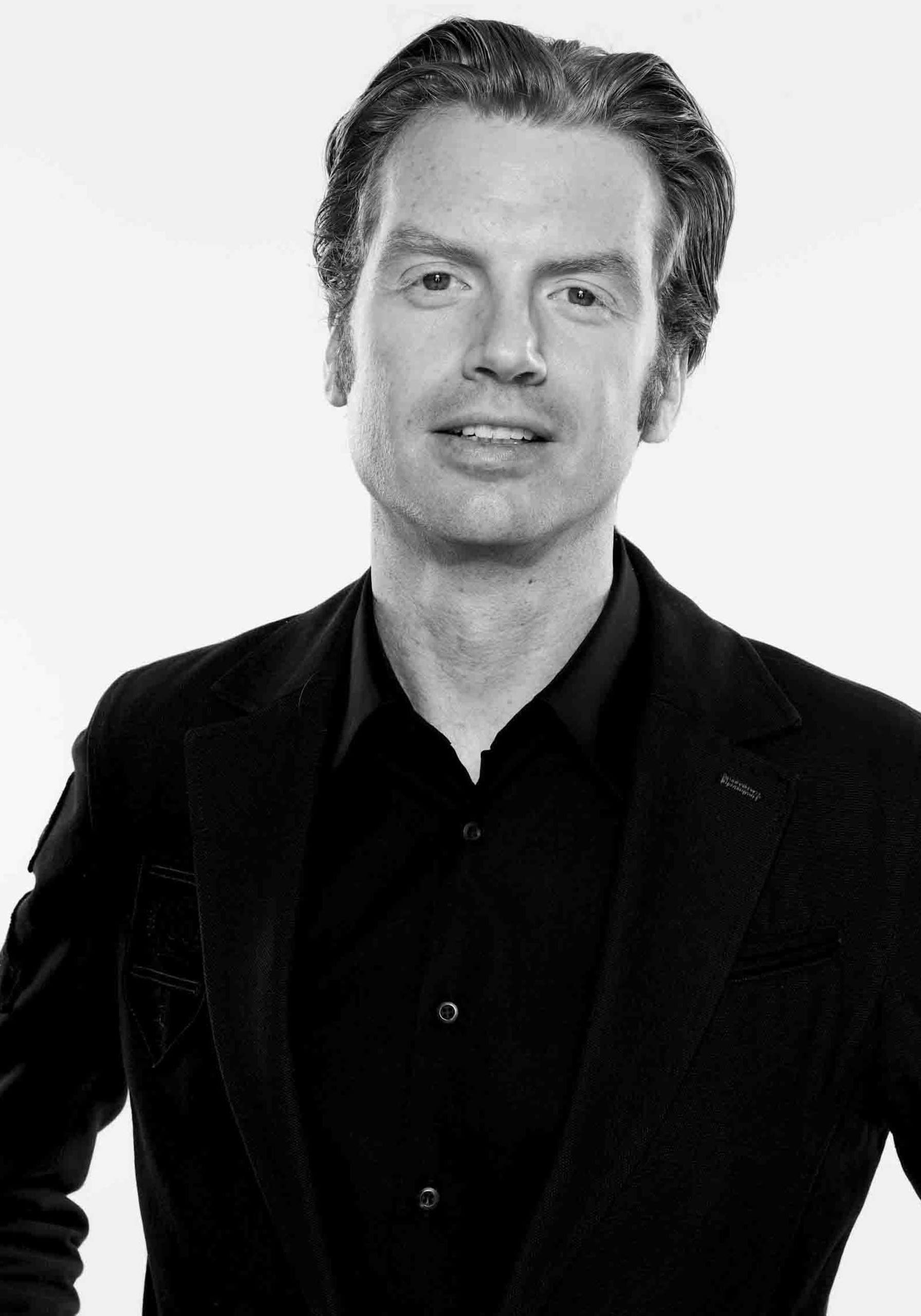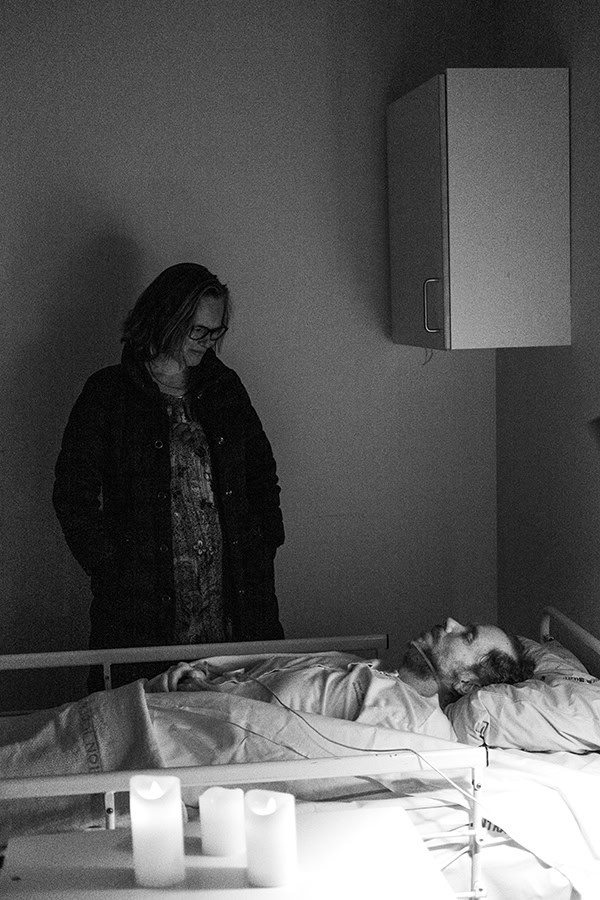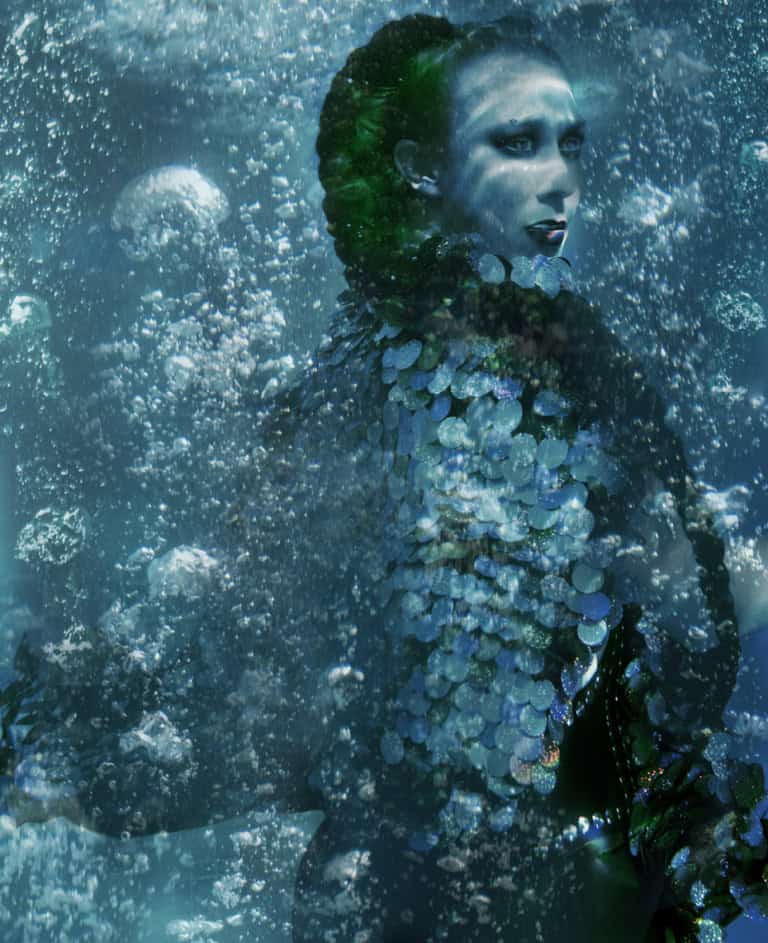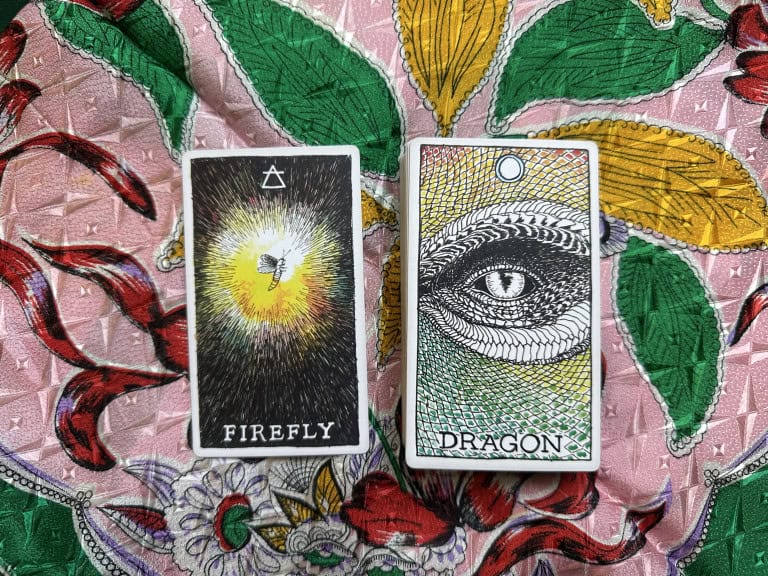
Keanan Duffty on Fashion, Music, & Sustainability

Keanan Duffty is a multifaceted British fashion designer, musician, author, and educator. Known for merging music and fashion, his work has significantly influenced both industries. Born in 1964 in Doncaster, England, Duffty honed his craft at Central Saint Martins. He became celebrated for his punk-inspired designs, collaborating with iconic figures like David Bowie. His partnerships include a limited-edition collection for Target in 2007, showcasing his unique approach to fashion.
Beyond fashion design, Duffty is also an accomplished musician. He fronts the band Slinky Vagabond and shares his expertise with students at prestigious institutions. Notably, he teaches at the University of Southern California’s Iovine and Young Academy, founded by music legends like Jimmy Iovine and Dr. Dre. His commitment to education reflects his belief in nurturing new talent and fostering creativity.
Recently, Duffty launched University of Failure, a streetwear brand developed with Italian garment producer Francesco Michelacci. This venture emphasizes sustainable production and sales, reflecting Duffty’s dedication to eco-friendly practices. In this interview, we delve into his insights on fashion, music, and the ever-evolving relationship between these two dynamic art forms.
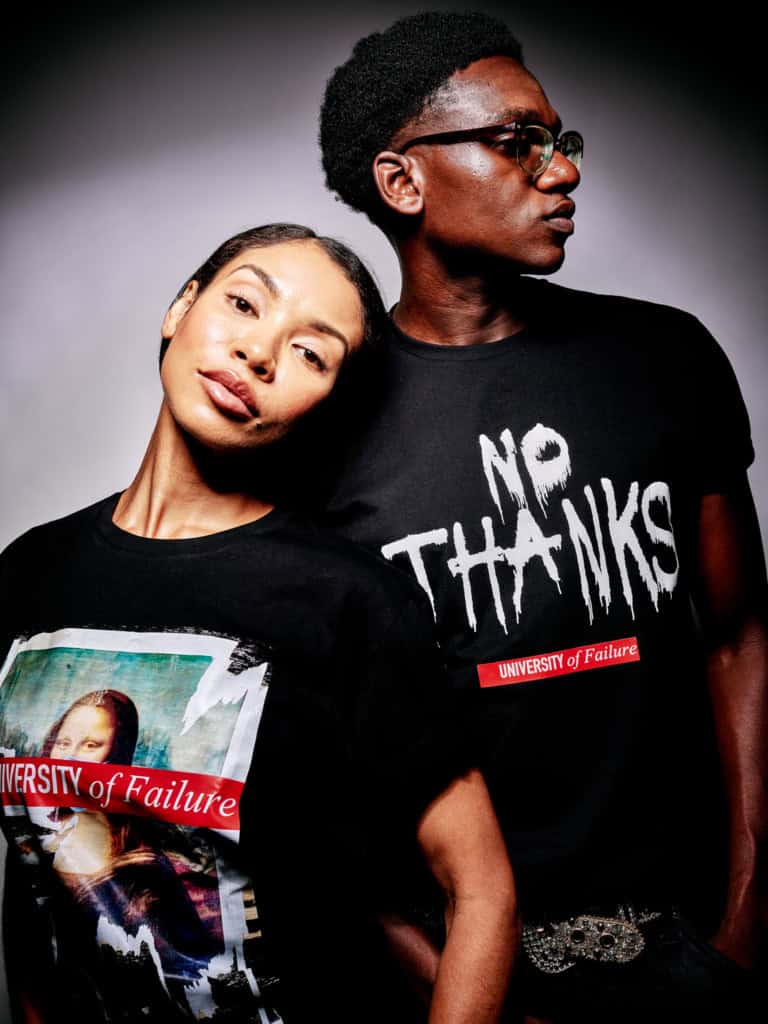
IRK: Your fashion career is closely linked to music. You outfitted the Sex Pistols and collaborated with David Bowie. How did music influence your approach to fashion design? How do you see the ongoing relationship between music and fashion in your work?
Keanan Duffty: As a kid, I was obsessed with the way musicians from the ’60s and ’70s dressed. Their style fascinated me way more than the mainstream fashion of the time. What I didn’t realize back then was that they were wearing designs from iconic British boutiques like Granny Takes a Trip, Alkasura, BIBA, Anthony Price, and later, Vivienne Westwood and Malcolm McLaren’s ever-evolving shop at 430 Kings Road—known by different names like Let it Rock, SEX, Seditionaries, and eventually World’s End.
When I found out you could actually buy those clothes, it was a game-changer. But I didn’t think, “I want to design clothes like that.” Instead, I thought, “I want to wear clothes like that.” And ever since, I’ve been doing exactly that—creating clothes I want to wear.
IRK: Designing “Bowie by Keanan Duffty” for Target was an extraordinary experience. What was it like working with Bowie? How did his personal style shape your creative vision for the collection?
Keanan Duffty: David was a generous and kind collaborator. He didn’t need me but he gave me a chance. I worked with David Jones, his real name. David created lots of characters and Bowie was also a character in his lexicon. David’s dad was also from Doncaster, so he had an affinity with people from that part of the world. There was a trust factor.
David’s business manager Bill Zysblat introduced us both in December 2006 and we worked on developing the collection for about nine months. It landed in 1200 Target store in October 2007, along with a CD of previously unreleased Bowie material called “Strangers When We Meet”. The key to creating a successful collection was mining a phase in Bowie’s artistic output that could reach critical mass, not just with Bowie fans but with a general fashion consumer. I chose the Thin White duke/Man Who Fell to Earth period as I felt that would resonate. And it did. It sold out immediately.
IRK: You have decades of experience in the fashion industry. What role do designers play in promoting sustainability? How have you integrated sustainability into your collections?
Keanan Duffty: Over the past three decades, I have integrated sustainable practices into my collections in various meaningful ways. For instance, in the early 1990s, by working with Novotex, a Danish textile company founded by Leif Nørgaard, who was a pioneer in using certified organic cotton for clothing. Another key moment was in the early 2000s at my Soho design studio, where upcycling became a central part of my business model. I reimagined vintage Levi’s 501 jeans, tuxedo jackets, cotton shirts, and other garments, turning them into highly sought-after fashion pieces, which were sold by premier retailers like Bergdorf Goodman, as well as stores in London and Tokyo. In 2005, I partnered with Aveda to produce organic cotton t-shirts for their 6,000 global salon partners. Alongside this, we launched a Keanan Duffty x Aveda fragrance, packaged in recycled glass and printed with soy-based inks.
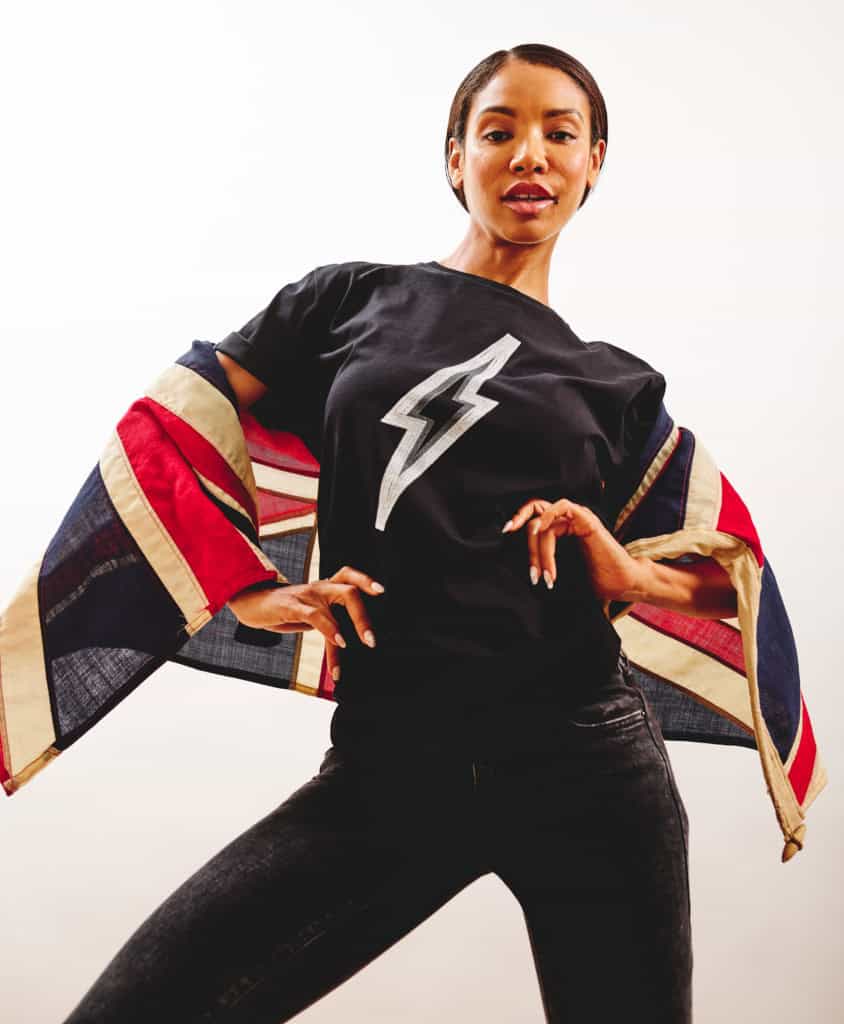
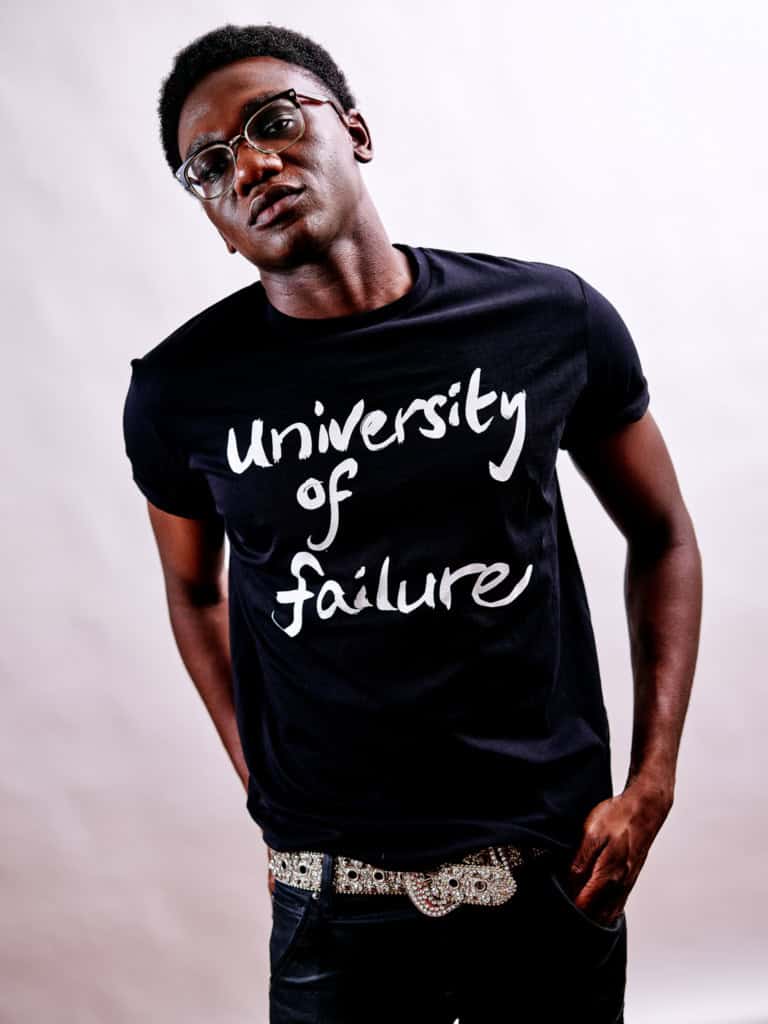
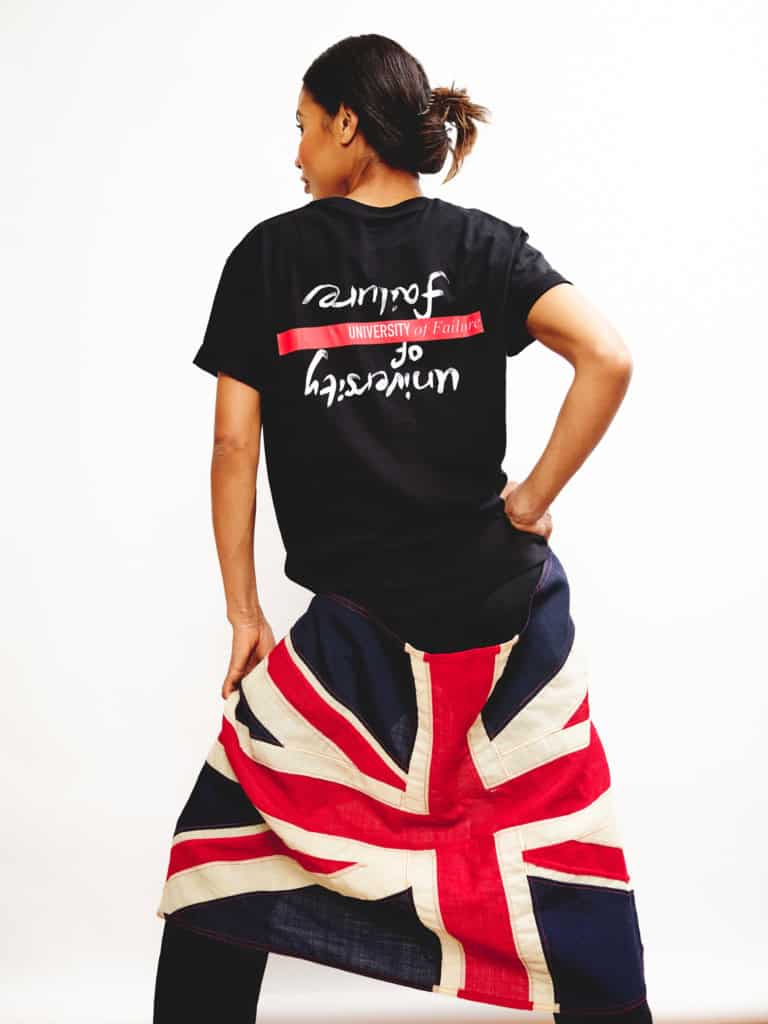
I believe strongly in supporting and amplifying the voices at the forefront of sustainable and ethical sourcing. A prominent example is my friend Simone Cipriani, founder of the Ethical Fashion Initiative (EFI), a key program within the International Trade Centre, affiliated with both the UN and the World Trade Organization. Simone approaches sustainability with a practical, hands-on mindset. When I launched the Master’s program in Fashion Management at Parsons School of Design in 2019, I invited him to speak to my students. He is not merely a theorist but an active practitioner, providing tangible solutions for sustainable sourcing and manufacturing. His work with brands like Vivienne Westwood, Stella McCartney, Studio 189, and the Japanese retailer United Arrows has been instrumental in helping these brands adopt more sustainable practices.
In my book I ask the question: “Do we need Fashion?”. And I believe we do. It’s part of the human experience to express oneself through what we wear. We just have to become much more thoughtful about the whole fashion system and it’s impact.
IRK: Can you share key insights from your book “The Fashion Entrepreneur”? What does it take to succeed in the rapidly changing fashion industry?
Keanan Duffty: There are several key contributors who make the book a very practical guide. Without their contributions it would not resonate truthfully. Designers Tommy Hilfiger and Jenny Packham talk about building businesses, which at times includes failing and starting over. MiLK Make-Up co-founder Mazdack Rassi says; “Have a clear point of view. Create community not customers. Think big, not small”, and my good friend Raoul Shah, founder of Exposure says; “Make one person happy and they will tell a friend, make them unhappy and they will tell the world”. Wise words to from proven entrepreneurs.
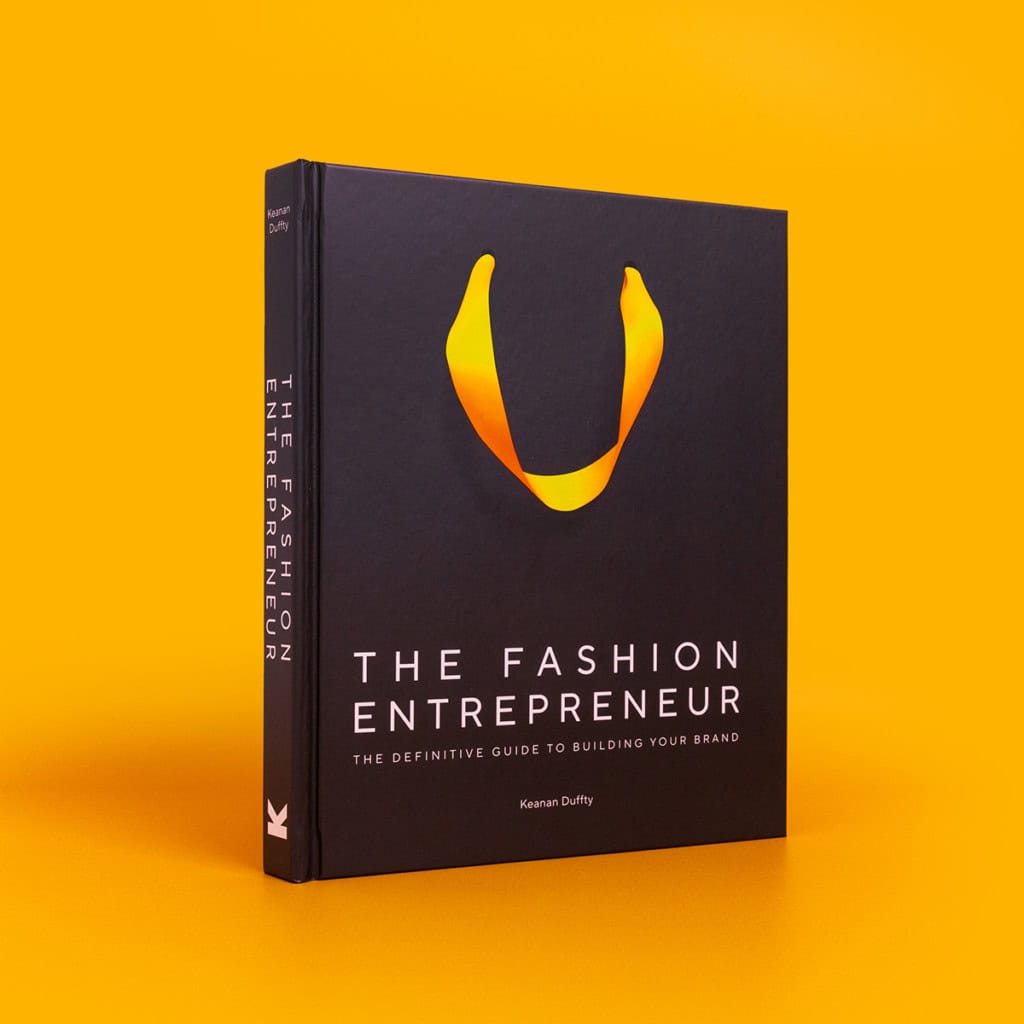
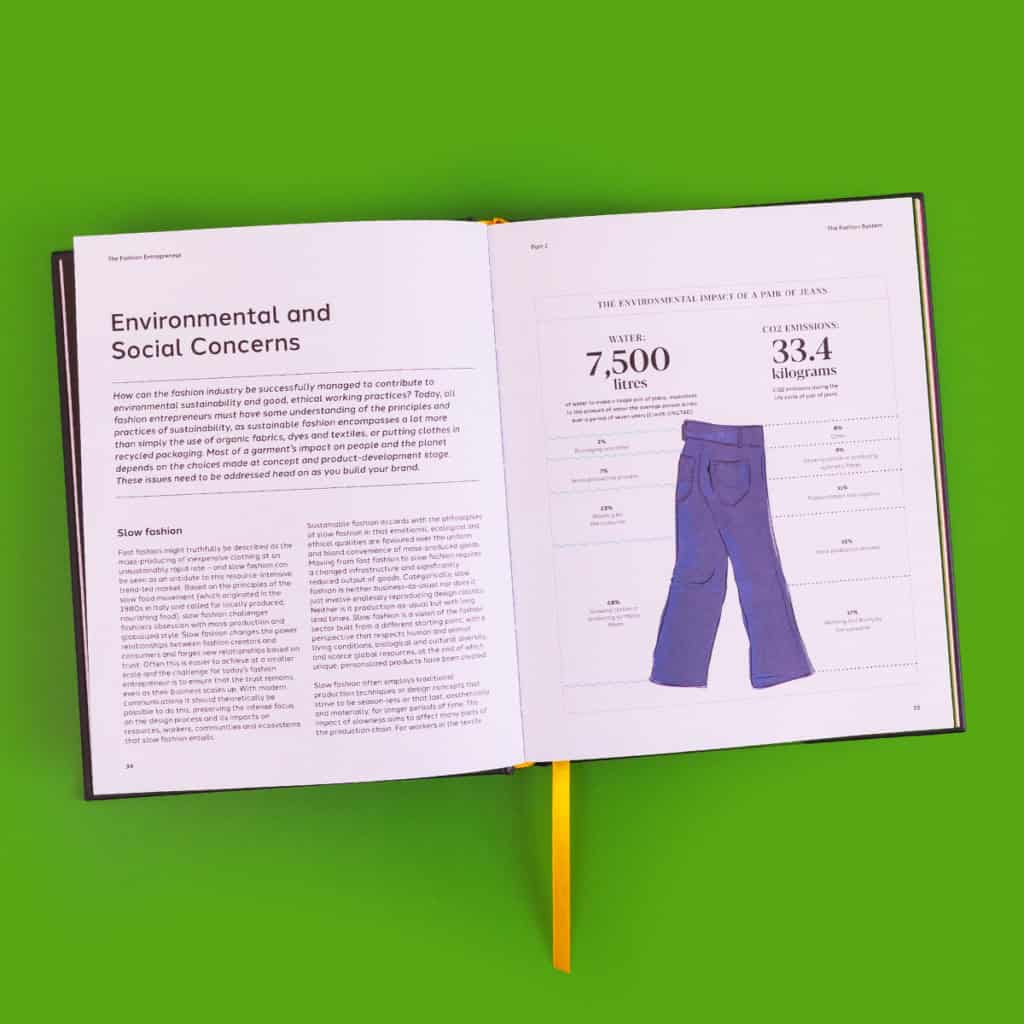
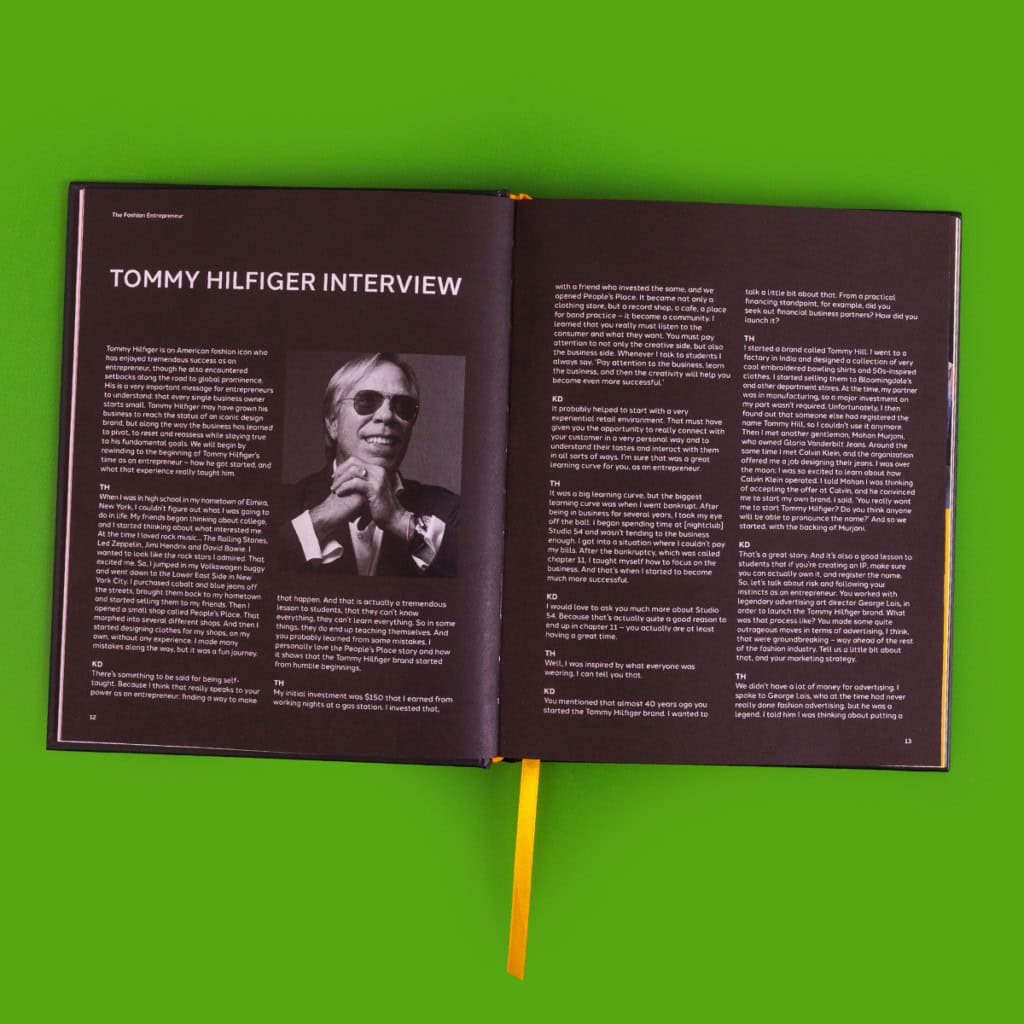
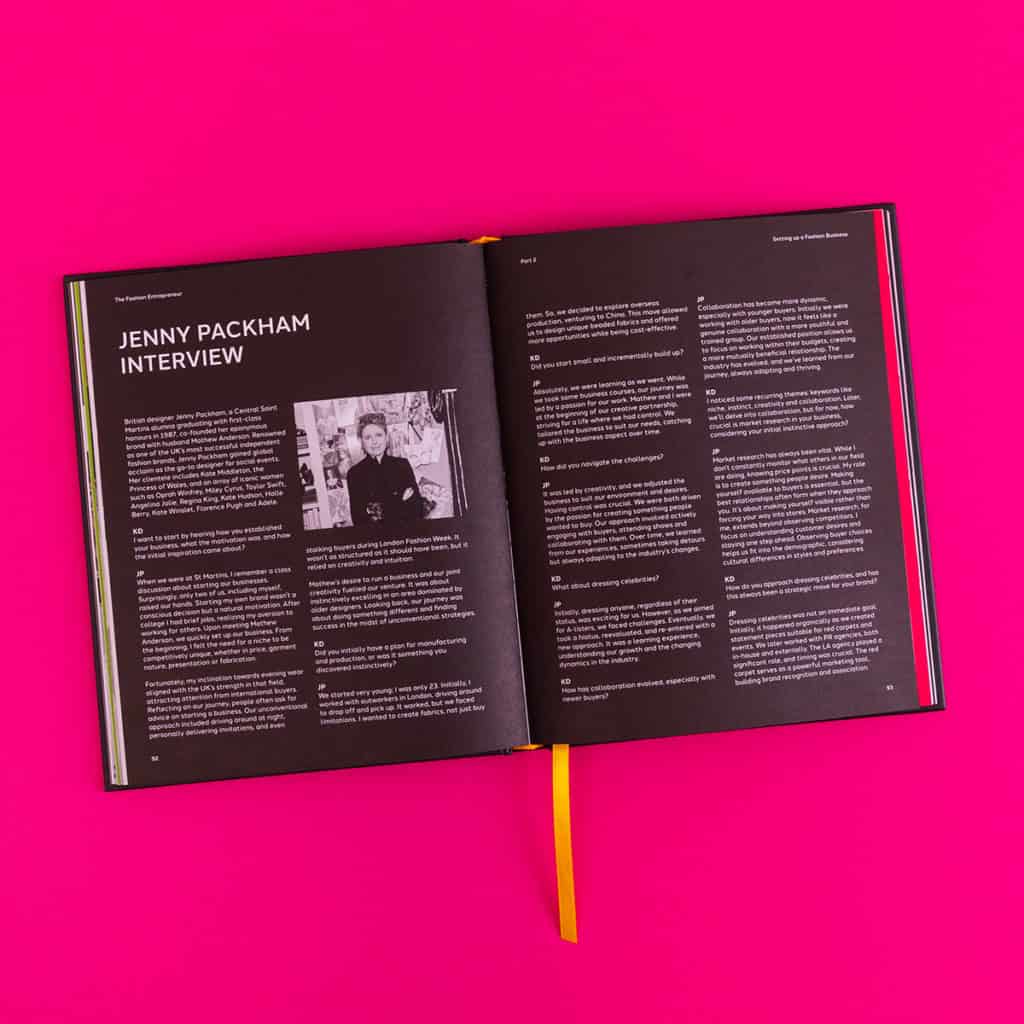
IRK: You’ve led programs at prestigious institutions like Parsons School of Design and Istituto Marangoni. What is your approach to nurturing new designers? How important is academic education for fashion students today?
Keanan Duffty: My approach is be kind to emerging talent, be positive, uplift and help them to find a way forward. This business is tough enough, without being frankly, an a-hole. There are some fashion educators who think that it is clever to be cruel. It is not. It belies their own insecurities and the fact that they’ve probably never actually done it successfully themselves.
IRK: In 2022, you held a career retrospective at El Paseo Fashion Week. How did it feel to reflect on your long career? Which moments or collections stood out as defining for you?
Keanan Duffty: Thinking more about a show than a collection I would say that in 2003 when, due to lack of capitol I was unable to produce a New York Fashion Week show in the traditional sense. My wife and business partner Nancy Garcia wisely told me to think about doing the opposite of a large-scale fashion show and so, in response I remade my entire collection in miniature and showed it on re-purposed Barbie dolls that I found in a second-hand store.
I invited editors, press and buyers to a brand-new concept to a limited time Pop Up store in SoHo called VACANT. I then showed thirty-five punk rock Barbies coming down a conveyor belt, with hair and make up designed by Peter Gray and Charlie Green. The audience were literally gob smacked. I think that is an excellent example of great idea that uses upcycling, wit and ingenuity to win, over a big budget and endless resources. Mattel weren’t very friendly about it though…
IRK: Your work has consistently drawn from punk and rock ‘n’ roll aesthetics. What about these genres resonates with you creatively, and how do they inform your designs in today’s fashion landscape?
Keanan Duffty: Rock ‘n’ Roll, Hip Hop, Reggae, Acid House, all these genres and more have one distinct connection: The artisits and fans don’t give a fuck. They just do it. Lee Scratch Perry, Roxy Music, Star Crawler, Sex Pistols…it’s all punk rock in attitude and that always informs my creations. In partnership with my friend of 20 years, Italian garment producer Francesco Michelacci, we just launched a new street wear brand called University of Failure. Failure, as thinkers like Samuel Beckett and David Bowie say, means pushing beyond your comfort zone. If you’re not risking failure, you’re not aiming high enough.
IRK: After having your collections shown at New York Fashion Week and sold in iconic stores like Harrods and Bergdorf Goodman, how do you see technology transforming the future of fashion shows and the way designers present their work to global audiences?
Keanan Duffty: That is a great question. AI is a tool and technology is a tool that can be used wisely. A sewing machine is a tool, the industrial loom was a tool. Fashion evolves when technology provides innovation and assists creatives to cross new frontiers. Fashion Weeks have become decentralized.It’s no longer just the Big Four: Paris, Milan, New York and London. With tools like Clo 3D a collection can be designed and shown without making a single sample. That is a very sustainable approach. My favorite film is Blade Runner and so I look forward to collaborating with students to create virtual, immersive runway presentations…with replicants!
IRK: You’ve worked with musicians, filmmakers, and artists throughout your career. How do interdisciplinary collaborations enhance your creative process? Which medium do you find the most rewarding to work with?
Keanan Duffty: The medium I find the most rewarding to work with is one I haven’t crossed into yet. In 2003 I collaborated with Japan’s Medicom Bearbrick brand to create a collectible toy that was features in TIME magazine, way before any other American based designer and, sorry Karl, but before Karl Lagerfeld. I also created two toys with Kid Robot, a fragrance with Aveda, sneakers with Reebok and bespoke Dr Martens. These were either firsts, or pretty damn near. I just go toward whatever interests me and like to try new approaches.
IRK: Looking forward, what do you hope will be the lasting legacy of your contributions to fashion and music, both as a designer and as an academic? What projects are you most excited about in the near future?
Keanan Duffty: Well legacy means you’re old. And yes, I am and I embrace that. To be perfectly frank I think that academia is extremely rewarding and exciting. I am surprised by that and honestly got dragged into teaching. It’s never been a career goal or aspiration for me. And yet I find that I have a lot of experience to share with emerging creative entrepreneurs. But not just war stories.
It’s fine to discuss one’s journey as a creative individual, as long as you are doing something current and relevant. If one is a career fashion teacher and haven’t actually been a practitioner in the fashion system for say, 30 years, you are not relevant. Fashion, at the intersection of creativity and commerce, moves so fast and if you’re not in it, how can you possibly teach it? It sounds harsh, but I don’t respect so-called fashion professors who are just theorists.
IRK: Fashion is both an art and a business you’ve dedicated so much of your life to. How do you balance maintaining your creative vision while navigating the commercial demands of the industry?
Keanan Duffty: Whether it is equitable or not, we live in a society that is based on capitalistic principles. My dad left school at fourteen years old and went to work down a coal mine. It was the only job available to him. My mom left school at fourteen years old and worked in the coal mine’s explosives factory. That didn’t work for them and so, they became self-taught entrepreneurs and opened hair dressing businesses. Through their example I saw that you could be creative and also earn a living wage from your creativity, which was a very valuable lesson. As a designer I try to balance doing some things for art, and some for profit to fuel that art. You find a way to move forward, that you can live with. It’s not perfect, but that’s the reality of the world we live it.
IRK: The fashion world is notoriously fast-paced and constantly changing. What have been the biggest challenges with change from when you started out versus now.
Keanan Duffty: The whole fashion system has changed, due to the rapid rise in global real estate costs and the evolution is consumers wants and needs. The department store system collapsed. Independent retails struggle and frankly direct to consumer takes tremendous resources to build. I made my first sale, some hats, to a shop called P.X. in London’s Covent Garden in 1983.
I approached that store because Steve Strange, the singer of the New Romantic band Visage had worked there and a milliner called Stephen Jones (yes, the Stephen Jones) had also cut his teeth selling his hats in the basement. The owner of the store, a wonderful designer called Helen Robinson gave me a chance. She took my hats and crossed my palm with silver. A week later I went back to visit the store (I didn’t have a phone) and Helen said; “We sold your hats, have you got any more?”. A lightening bolt moment, I thought; “I could make a living doing this”.
IRK: You’ve been inspired by various subcultures from punk to glam rock. Where do you see their influence heading in the future?
Keanan Duffty: Pop music doesn’t really play a central role as the subcultural force in young people’s lives in the way it did in the 20th century. And that’s ok. Society moves forward and culture evolves. Subcultural ideologies tended to divide us in the past. Now it’s more important to unite. Design technologists like Scott Summit, an early proponent of 3D printing, and Annouk Wipprect, a designer who utilizes new technologies in the fashion space, both fascinate me. My friend Abrima Erwiah, the co-founder of Studio 189 is another creative whose ideology is having a positive effect on the global fashion system. And they are all totally punk rock in their approach.
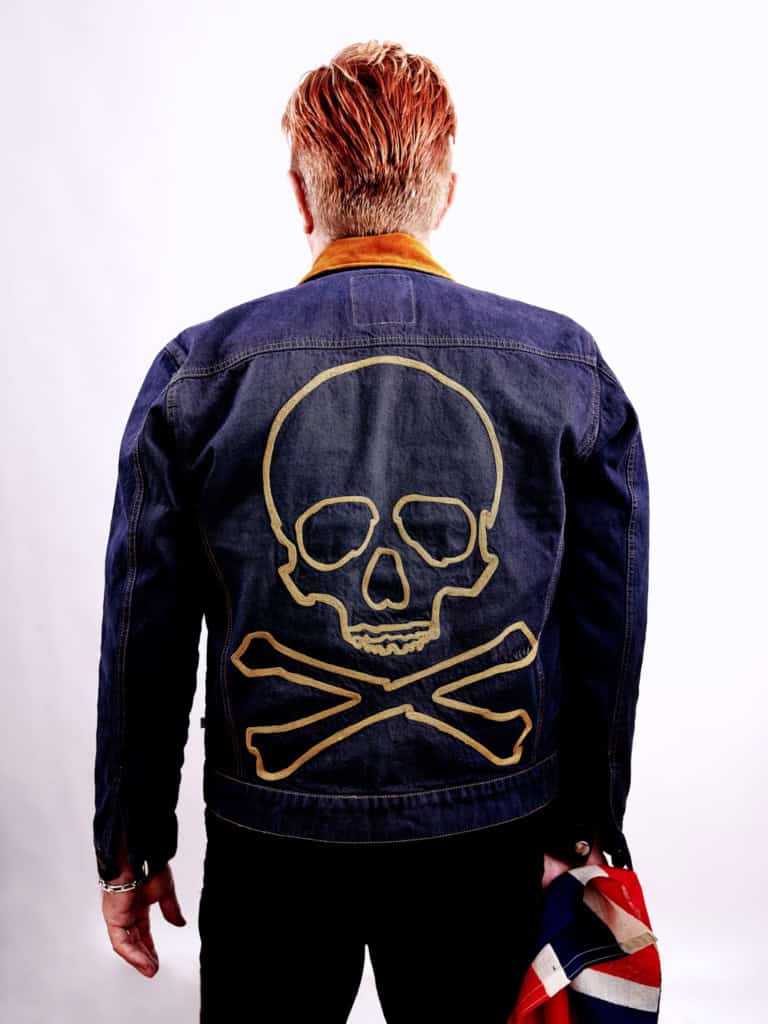
IRK: Fashion has always been a medium for social and political expression. How do you think fashion can contribute to social movements today, and have you ever designed with a specific message or cause in mind?
Keanan Duffty: In the Fall of 2021, I spent five days in Kyiv with Mickey Boardman from Paper Magazine. We were blown away by the energy and creativity of the local scene—unique fashion designers, bold visual artists, queer filmmakers, and high-energy performers. It was a vibrant hub of talent. Then, Putin made the disastrous decision to invade Ukraine, completely underestimating the Ukrainian people’s fierce dedication to democracy, sovereignty, and their determination to defend themselves.
As the invasion unfolded, my thoughts kept returning to the incredible creatives I had met. The day after the invasion started, I knew I had to act. I teamed up with Kay Unger, Deborah Weinswig, Mastercard, and Tommy Hilfiger to put together an event during New York Fashion Week in September 2022. We highlighted six Ukrainian fashion designers, with Mastercard providing the space to showcase their work to the international fashion community. It was a powerful moment where creativity met commerce, leading to a positive and successful outcome for everyone involved.
IRK: We’re helping raise awareness on the 17 Sustainable Goals form the United Nations, what goal(s) do you align with the most?
Keanan Duffty: All seventeen goals are important but for me, it starts with education. If I can help to educate society about all of those goals in a truthful and sincere way, there is a greater possibility of a successful outcome. If I can deliver equitable and quality education, then I can then support real human transformation.
Share this post
Cannon is our Editor-At-Large since August 2016. He grew up in New York City and was influenced at an early age by rock and fashion. He is an award-winning celebrity stylist, fashion editor and creative director who has styled many of his favorite musicians including Annie Lennox, Cyndi Lauper, Jimmy Page and Shirley Manson. His wit, charisma, and style have made him a trusted and sought-after stylist by Hollywood legends such as Liza Minnelli, Willem Dafoe, Dennis Hopper, and Glenn Close.
Cannon has also worked with some of today's hottest celebrities, including Diane Kruger, Angelina Jolie, Matt Damon, Penn Badgley and Kellan Lutz. He was the first stylist to get Barbra Walters into a pair of jeans for a photo shoot, and had the opportunity to dress Michael Jackson as the KING OF POP for MTV. In addition, Cannon also founded PLUMA- a luxury costume jewelry collection made exclusively in Italy that was recently featured on the cover of Italian Vogue. As a result of working with great musicians and celebrities, Cannon has contributed to multiple publications including: Rolling Stone, Vogue, Time, Entertainment Weekly, Vanity Fair and W. He has styled large casts for every network including: Lost, Sopranos, The View, Project Runway, Kelly, The Today Show, Top Chef, and The Office. Cannon's expertise in fashion also has lent itself to him being in front of the camera as a style expert, with television appearances on E!, Style, VH1, CBS, NBC, ABC, TLC, and Bravo. Cannon has been an on-air spokesperson for TJ Maxx, Burlington Coat Factory, Chapstick, Pantene, Dove, and Peanuts/Snoopy Worldwide. He has also been profiled in American, German and Japanese publications. In addition, Cannon was instrumental in organizing an inaugural panel discussing fashion and film for MEIFF in which he also served as a participant alongside Jason Wu and Kathryn Neale Shaffer, contributing editor at American Vogue.
Whether it's obtaining real museum pieces for a Discovery Channel commercial or recreating 50 unique culturally observant costumes for the worldwide launch of the National Geographic Channel, Cannon's respect for authenticity and his gift of problem solving has left lasting impressions on everyone he has worked with. Additional commercial work also includes Saks Fifth Avenue, Target, Sony Music, RCA, Bravo Network, Sprint, Bergdorf Goodman, and Neiman Marcus.
Cannon has styled fashion shows for Jason Wu and the Life Ball in Vienna, Austria, starring THE BLONDS, which is the largest AIDS benefit runway show in the world, that year hosted by President Bill Clinton and Eva Longoria. Other fashion shows include Snoopy in Fashion, Joanna Mastrioni to name a few. He has also styled shows for Safilo and their licensed brands, which include Gucci, Christian Dior, Emporio Armani, Ralph Lauren, Dior Homme, Max Mara, Marc Jacobs, Marc by Marc Jacobs, Stella McCartney, Banana Republic, Tommy Hilfiger.
Read Next

